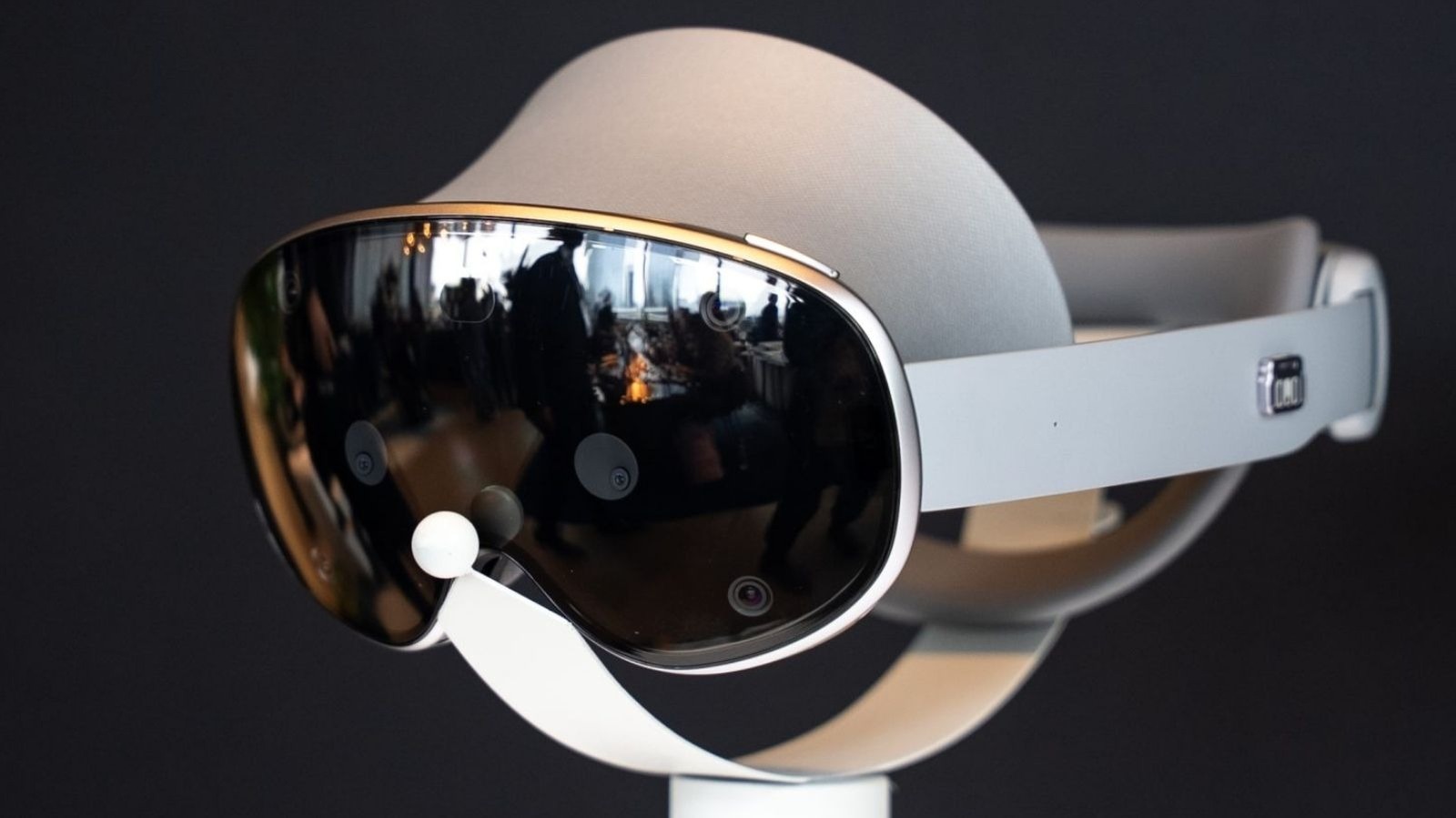Copyright SlashGear

Google is finally ready to dive into the world of immersive wearables with Android XR as the foundation, ready to tackle the challenge from Apple's Vision Pro headset. And it seems Google's attempt, piggybacking atop Samsung hardware is a fairly capable and much more accessible one. Say hello to the Galaxy XR, a sleek headset from Samsung that costs roughly half as much as Apple's headset and still manages to race ahead of its $3,499 Apple rival in a few crucial areas. The design is pretty sleek, and the rest of the internal package is fairly impressive. Interestingly, it's lighter than the Vision Pro, with and without the head-mounted strap and light seal gear. Apple's headset tips the scales at 750–800 grams based on attached accessories, while Samsung's offering only weighs 545 grams with the forehead cushion. In the context of a head-mounted wearable, that difference of approximately 37% in the cranial bulk makes a lot of difference, especially in the context of wearable devices. Apple's headset courted criticism for being an uncomfortable experience, especially for users who intended to have long sessions of watching content on it. On the Galaxy XR, Samsung is serving Micro OLED display units with more pixels (27 million vs. 23 million) than the Apple Vision. So far, the only notable drawback is that the Galaxy XR's display units only support 90Hz refresh, while the Vision Pro can handle content at up to 120Hz. The pixel pitch is better (6.3 micron vs. 7.5 micron), and the color gamut coverage is also superior (95% vs. 92% DCI-P3). Samsung's headset draws power from Qualcomm's Snapdragon XR2+ Gen 2 silicon. The Galaxy XR is priced at $1,799.99, which is a huge win from an access perspective compared to the second-gen Vision Pro, which is currently going for $3,499. Contrary to expectations, however, Samsung's headset doesn't cut any corners that would position it as anything less premium than the Vision Pro or Meta's flagship Quest Pro headset. The sensing hardware on the Galaxy XR is also fairly capable. It has the same number of world-facing cameras (6), pass-through cameras (2), eye-tracking cameras (4), and more inertial measurement units (IMU) than the Apple Vision Pro. The wireless connectivity suite on Samsung's headset (Wi-Fi 7 and Bluetooth v5.4) is also more advanced than Apple's (Wi‑Fi 6 and Bluetooth 5.3) headset. Google's suite of apps (Maps, Photos, YouTube, Google TV, Chrome, and Meet) has already been optimized for immersive experiences, alongside third-party apps such as HBO Max, Adobe, MLB, and Fox Sports, among others. Just like Apple, Google says Galaxy XR users can transform their entire Photos library into 3D content. Another crucial advantage is the software ecosystem and deep-level AI integration on Samsung's headset, thanks to Google's Gemini. On the headset, it will only take a voice command for Gemini to rearrange the app windows and answer questions, thanks to its on-screen contextual awareness, which helps users request relevant nuggets of information in real-time. Gemini's Circle to Search feature will also work when users are looking at the real world around them in pass-through mode, allowing them to take action or extract information on any selected object in their view. Apple's Siri, on the other hand, still has a lot of catching up to do with Gemini, and it will only get its highly anticipated AI brain transplant next year.



